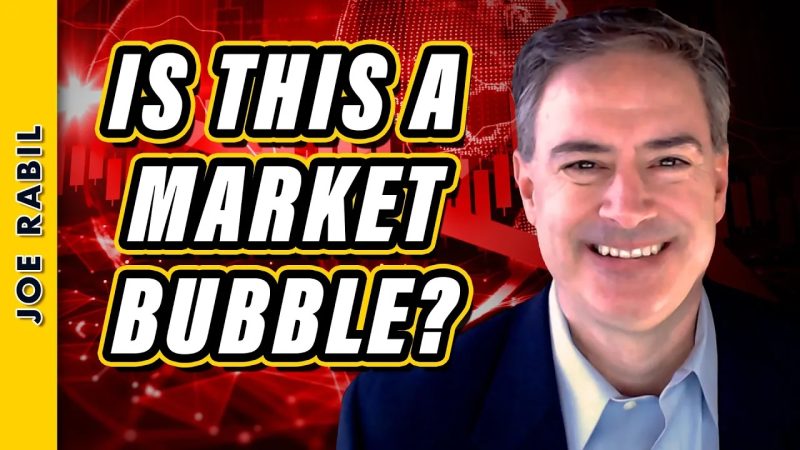The debate over whether the current market conditions are a result of a market bubble or investor mania has been a hot topic among financial analysts and investors. While some argue that the surge in stock prices is indeed a bubble waiting to burst, others believe that it is driven by rational investor behavior. In this article, we will explore the differences between a market bubble and investor mania and analyze the factors at play in the current market environment.
Market bubbles are characterized by a rapid increase in asset prices followed by a sharp decline. Bubbles are often fueled by speculation and hype rather than the underlying fundamentals of the asset. Investors flock to a particular asset class, bidding up prices far beyond their intrinsic value. When the bubble eventually bursts, prices plummet, leading to significant losses for those who bought in at the peak.
On the other hand, investor mania is a psychological phenomenon where investors exhibit irrational exuberance and herd behavior. Manias are driven by the fear of missing out (FOMO) and the belief that prices will only continue to rise. Investors may disregard traditional valuation metrics and buy into assets solely based on the expectation of quick profits. The herd mentality of investors amplifies price movements, creating a self-fulfilling prophecy until reality sets in.
In the current market environment, some argue that the surge in stock prices is a result of a market bubble. The unprecedented monetary stimulus from central banks, low interest rates, and the rise of retail investors using commission-free trading platforms have all contributed to the rapid appreciation of stock prices. The disconnect between stock valuations and the underlying economic fundamentals has raised concerns about a potential bubble in the making.
However, proponents of the investor mania theory point to the behavioral aspects of the market rally. The fear of missing out on the next big thing, such as a technology stock or cryptocurrency, has driven investors to pour money into these assets without much regard for traditional valuation metrics. The rise of social media and online investing communities has further fueled investor mania, with influencers and online forums hyping up certain stocks and assets.
To distinguish between a market bubble and investor mania, it is crucial to look at key indicators such as valuation metrics, investor sentiment, and market dynamics. High price-to-earnings ratios, excessive speculation, and a lack of fundamental support are all warning signs of a market bubble. On the other hand, investor mania can be identified by surging trading volumes, extreme price volatility, and widespread euphoria among market participants.
In conclusion, while the debate between a market bubble and investor mania continues, it is essential for investors to exercise caution and due diligence in their investment decisions. Understanding the dynamics of market bubbles and investor behavior can help investors navigate volatile market conditions and avoid significant losses. By staying informed, diversifying their portfolios, and sticking to a long-term investment strategy, investors can mitigate the risks associated with market bubbles and investor mania.

